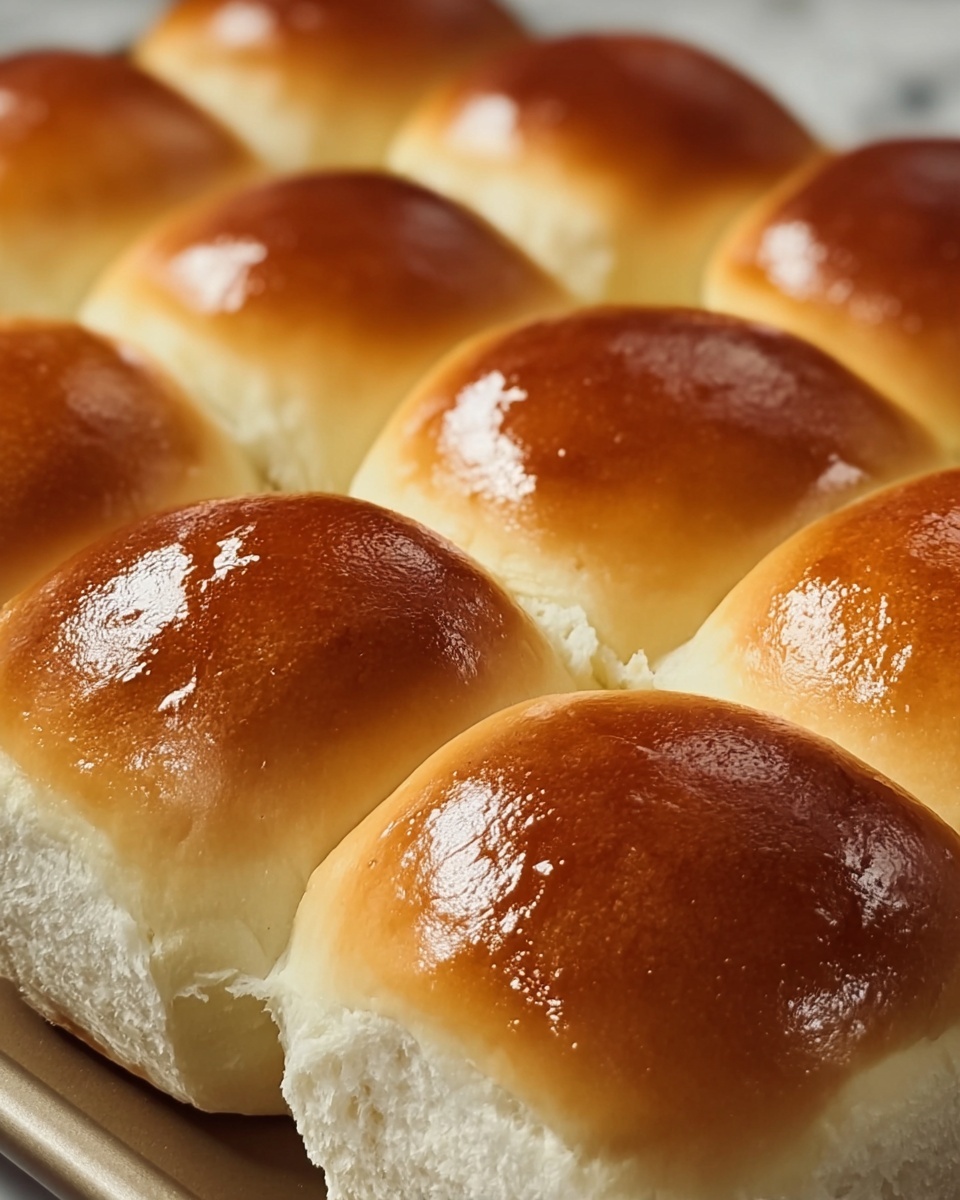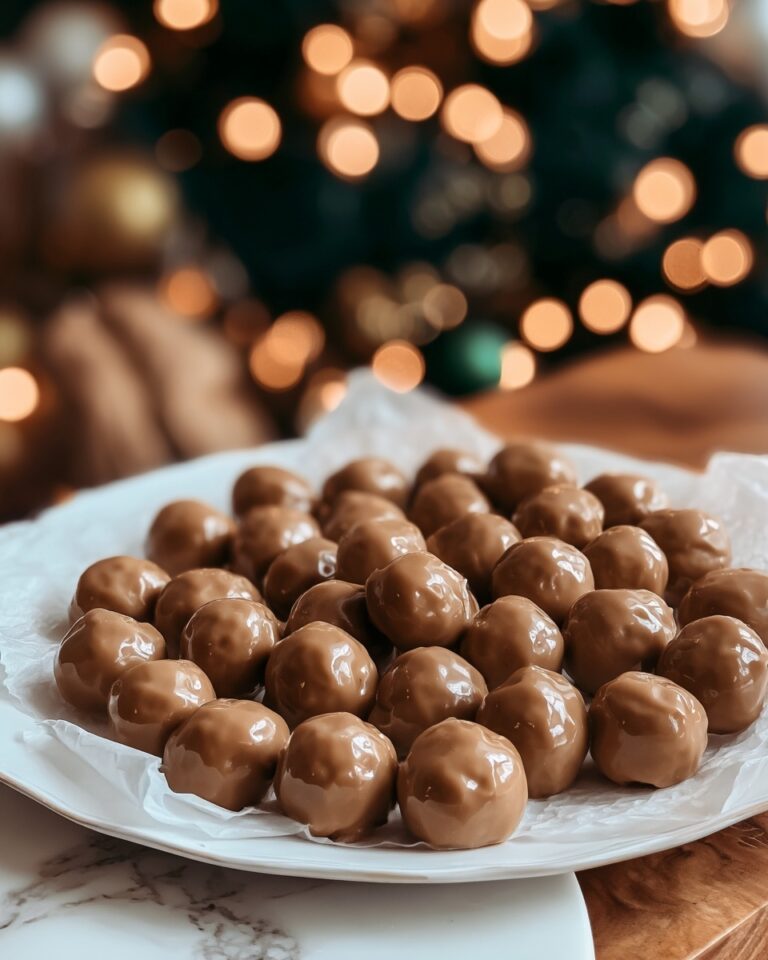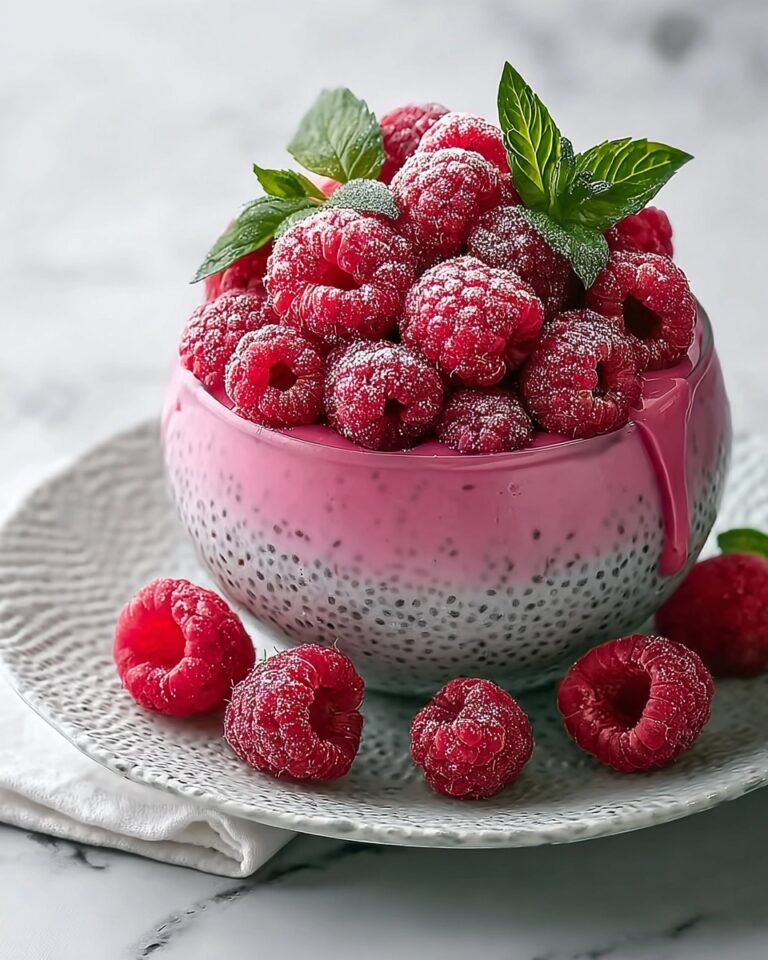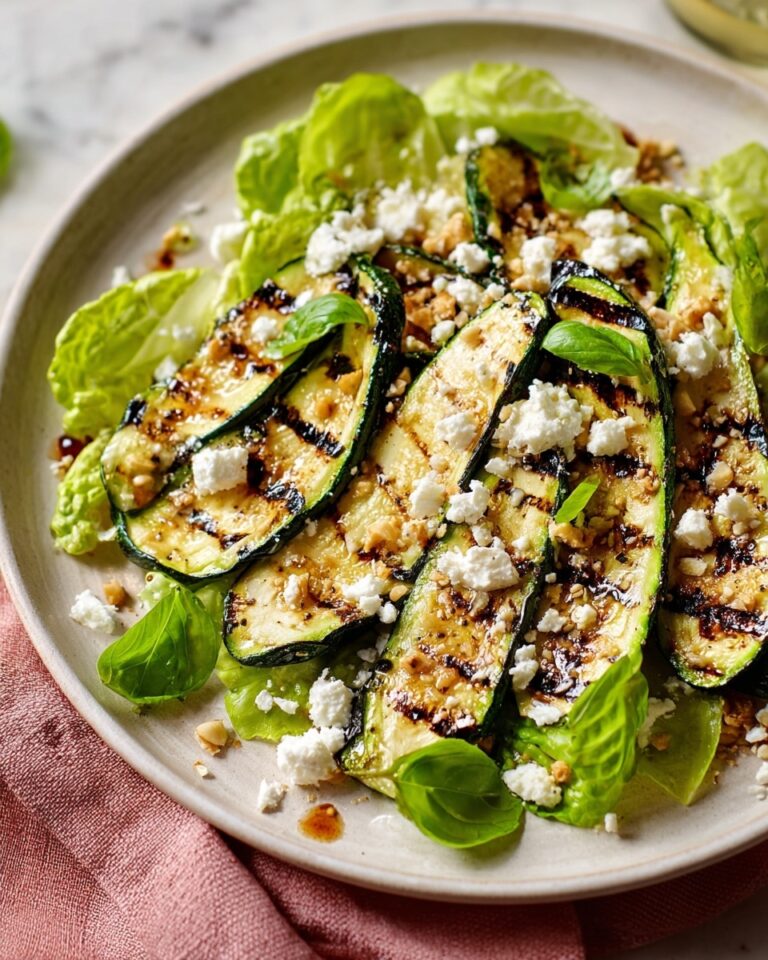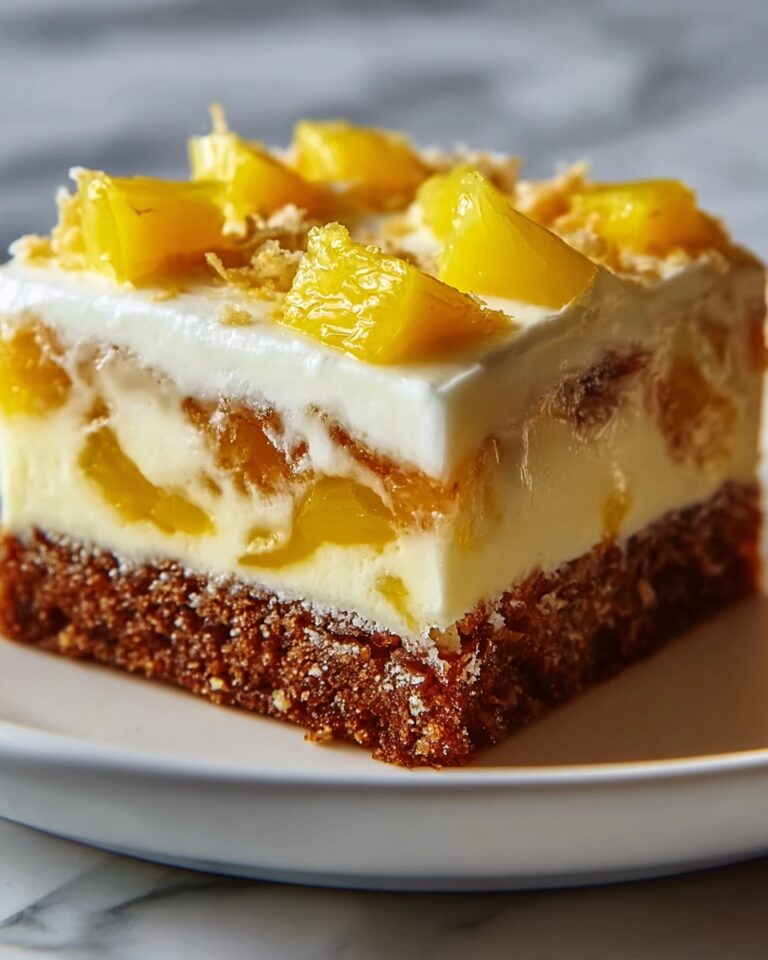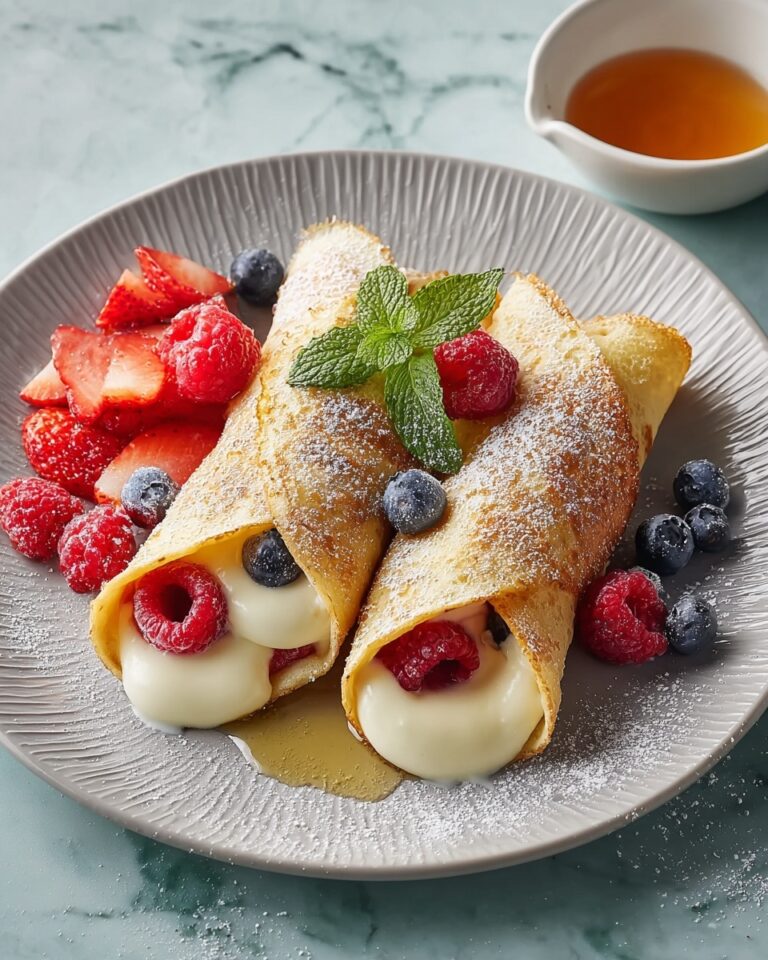If you’ve ever tasted fluffy, buttery rolls that melt in your mouth and make every meal feel special, then you’re in for a real treat with this Parker House Rolls Recipe. These golden, tender rolls have a nostalgic charm and a rich yet light texture that’s perfect for everything from holiday dinners to casual family meals. Making Parker House Rolls at home is easier than you might think, and once you try this recipe, you’ll understand why they’re a timeless favorite.
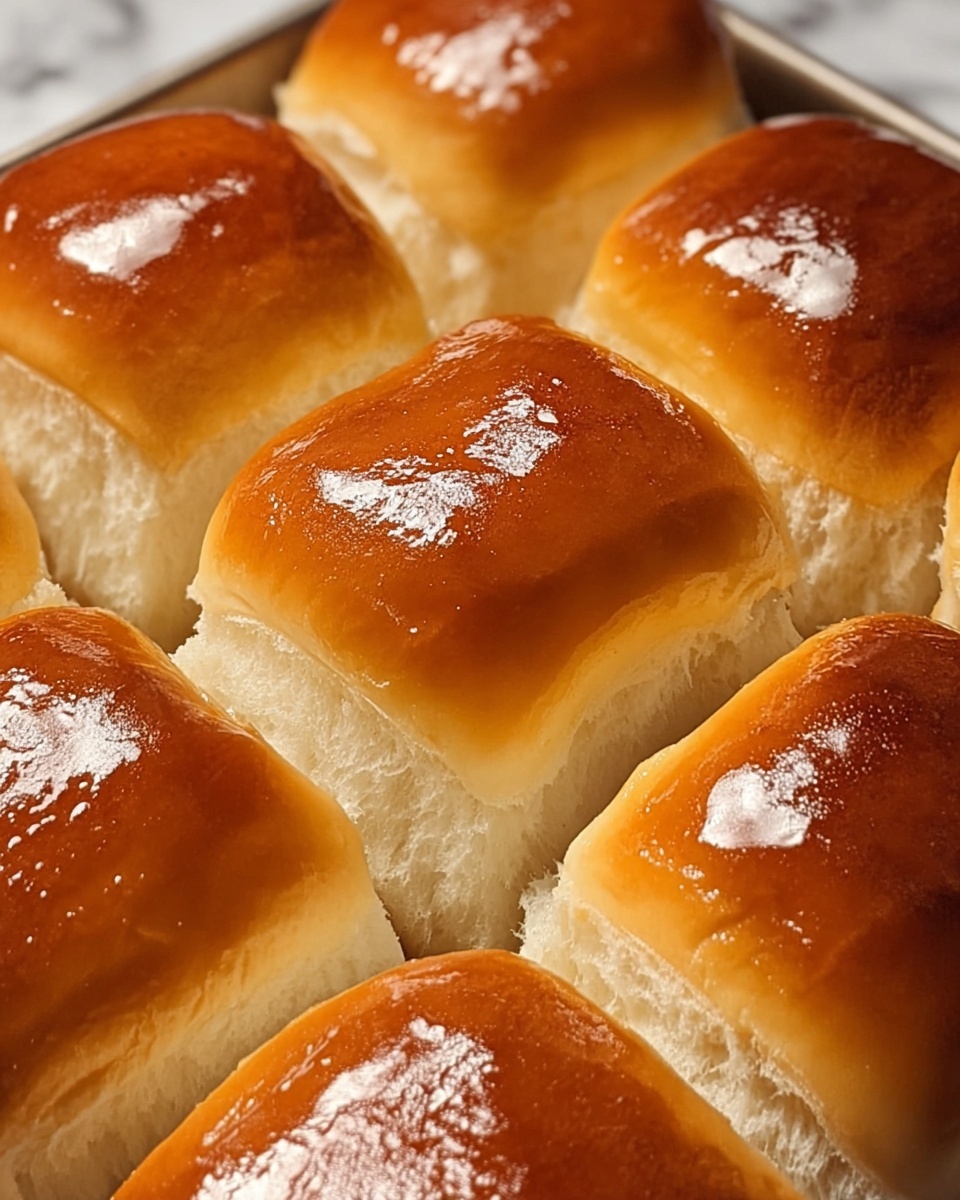
Ingredients You’ll Need
The beauty of this Parker House Rolls Recipe lies in its simplicity. Each ingredient plays a crucial role in creating those soft, pillowy rolls with a buttery finish and beautiful golden color. You probably have most of these staples in your pantry already!
- Active dry yeast: This little packet is the magic that makes your dough rise and become airy.
- Warm water: About 110°F is perfect to activate the yeast without killing it.
- Warm milk: Adds richness and softness to the dough.
- Sugar: Sweetens slightly and feeds the yeast for better rise.
- Salt: Balances flavor and strengthens the dough.
- Unsalted butter: Melted into the dough and brushed on top for that irresistible buttery finish.
- Large egg: Adds richness and helps with texture and color.
- All-purpose flour: The foundation for your dough’s structure, used in just the right amount to get soft yet sturdy rolls.
How to Make Parker House Rolls Recipe
Step 1: Activate the Yeast
Start by dissolving the yeast in warm water with a tiny pinch of sugar. This creates a frothy foam that tells you your yeast is lively and ready to give those rolls a beautiful rise. Patience here pays off—a good foam means airy, tender rolls.
Step 2: Combine Ingredients
In a roomy bowl or a stand mixer, bring together warm milk, sugar, salt, melted butter, and egg. Stir in the bubbly yeast mixture to blend those flavors. Gradually add flour cup by cup until a soft dough begins to form. The gradual addition keeps the dough from getting too stiff or too sticky.
Step 3: Knead the Dough
Transfer the dough to a floured surface and knead for about 8 to 10 minutes until it becomes smooth and elastic. If you have a stand mixer with a dough hook, that works wonderfully too. Kneading develops gluten, which helps the rolls rise and have that perfect chewy softness.
Step 4: First Rise
Place your lovely dough into a greased bowl and cover it with a kitchen towel. Set it somewhere warm for about an hour until it doubles in size. This first rise is where the dough gets light and airy, building the foundation for those famous fluffy Parker House Rolls.
Step 5: Shape the Rolls
Punch down the dough gently and roll it out to about half an inch thick. Using a 2-3 inch round cutter, cut out circles. Don’t skip brushing these circles with melted butter before you fold them in half and seal the edges gently—this folding is the signature step that creates the famous soft fold and delicate crush of the Parker House style.
Step 6: Second Rise
Arrange the folded rolls close together on a greased baking sheet, cover with a towel, and let them rise again for 30 to 45 minutes. They’ll puff up beautifully, promising an even, soft crumb once baked.
Step 7: Preheat the Oven
Set your oven to 350°F (175°C). Preheating is key to getting that golden crust while keeping the inside tender and buttery.
Step 8: Bake the Rolls
Bake your rolls for 15 to 20 minutes, watching for that perfect golden brown color on top—signals that the Parker House Rolls are perfectly cooked and ready to dazzle your taste buds.
Step 9: Brush with Butter
The moment your rolls come out of the oven, brush them generously with more melted butter. This final touch gives them that irresistible shine and melt-in-your-mouth butteriness that is so signature to the Parker House Rolls Recipe.
Step 10: Serve Warm
Nothing beats serving these rolls warm, with extra butter ready for spreading. They’re the perfect accompaniment to a hearty meal or a delightful snack on their own.
How to Serve Parker House Rolls Recipe
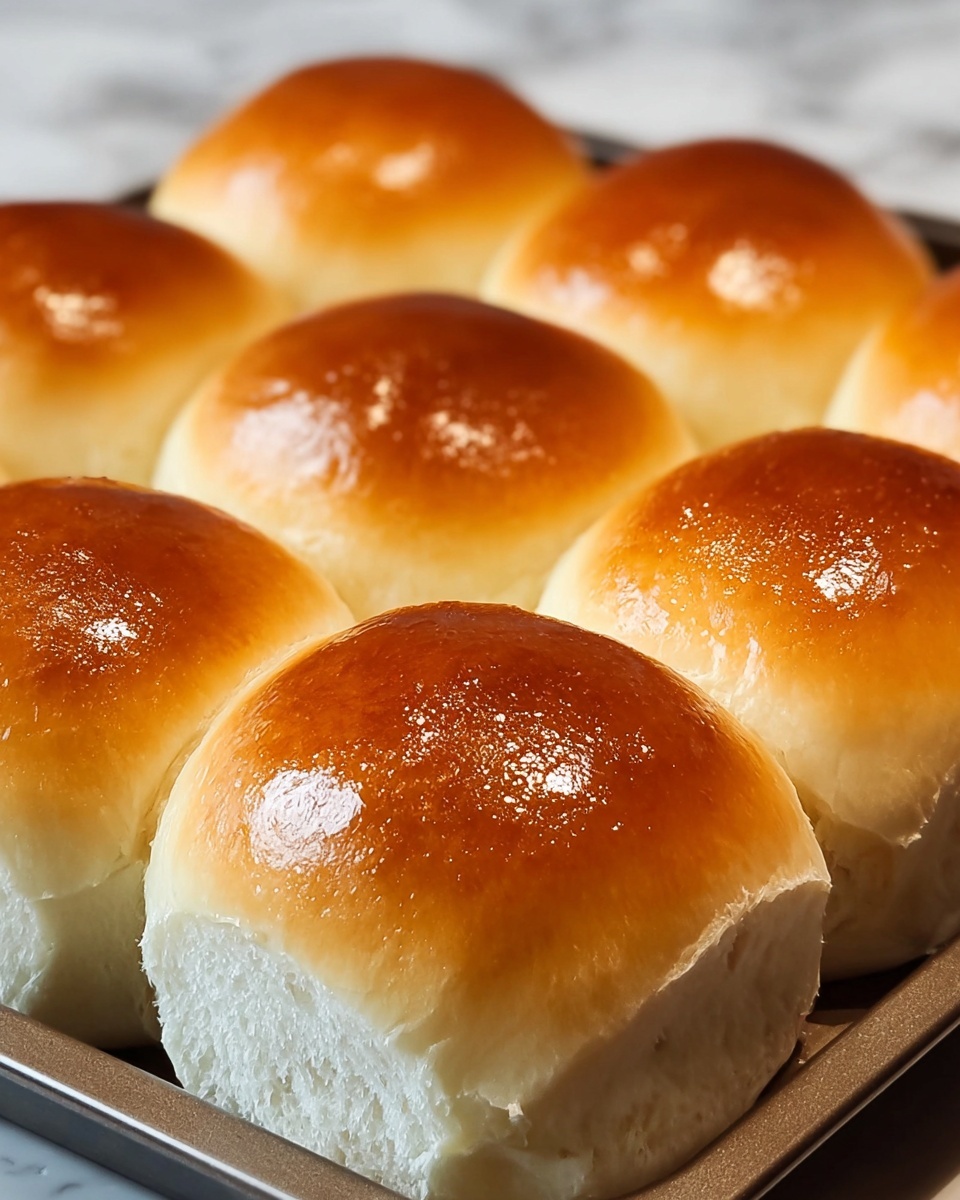
Garnishes
While these rolls are delicious on their own, a sprinkle of flaky sea salt or a light brush of honey butter can elevate the experience. Fresh herbs like rosemary or thyme melted into your butter bring a lovely aroma and added depth of flavor.
Side Dishes
Parker House Rolls pair beautifully with classic comfort foods—think rich stews, creamy mashed potatoes, roasted chicken, or a warm bowl of soup. Their soft texture soaks up gravies and sauces perfectly, making every bite more memorable.
Creative Ways to Present
For a fun twist, use the Parker House Rolls Recipe as a base for mini sandwiches—fill them with ham and cheese, turkey and cranberry, or even a scoop of chicken salad. They also make charming sliders or can be turned into bite-sized appetizers topped with savory spreads.
Make Ahead and Storage
Storing Leftovers
If you have any rolls left, store them in an airtight container at room temperature for up to two days to keep them soft. For best results, reheat them gently before serving to revive that fresh-baked warmth.
Freezing
These rolls freeze beautifully! Wrap them tightly in plastic wrap and then in foil or a freezer bag. They’ll keep well for up to three months. When you’re ready to enjoy, thaw them overnight in the refrigerator before reheating.
Reheating
Reheat your rolls in a warm oven, wrapped in foil at 300°F for about 10 minutes. This method keeps them moist and brings back the tender crumb, just like when fresh from the oven. Avoid microwaving as it can make them tough or dry.
FAQs
Can I use instant yeast instead of active dry yeast?
Yes, you can substitute instant yeast, but reduce the warm water slightly and skip the step of activating the yeast in water first. Add the instant yeast directly with the dry ingredients for convenience.
Why are my Parker House Rolls dense instead of fluffy?
Dense rolls usually mean that the dough didn’t rise enough or was overfloured. Make sure your yeast is active and allow ample rising time. Also, avoid adding too much flour—stick to the recommended range.
Can I make this recipe dairy-free?
Absolutely! Use a dairy-free milk alternative like almond or oat milk and substitute the butter with a plant-based margarine or coconut oil. The rolls will still be delicious and soft.
How big should I make the rolls?
Using a 2 to 3-inch round cutter is ideal to get that classic size and shape typical of Parker House Rolls. Smaller rolls are cute but may bake faster, so adjust baking time accordingly.
Is it necessary to brush butter before folding the dough circles?
Brushing butter before folding is what creates the signature softness and slight crust on the folded edge. It also helps the rolls brown beautifully during baking, so don’t skip this step for authentic results.
Final Thoughts
This Parker House Rolls Recipe is a wonderful way to add a touch of classic warmth and elegance to any meal. With simple ingredients and straightforward steps, you’ll have golden, fluffy rolls that everyone will love and ask you to make again. So, why wait? Grab your ingredients and start baking these irresistible rolls today—your family and friends will thank you!

